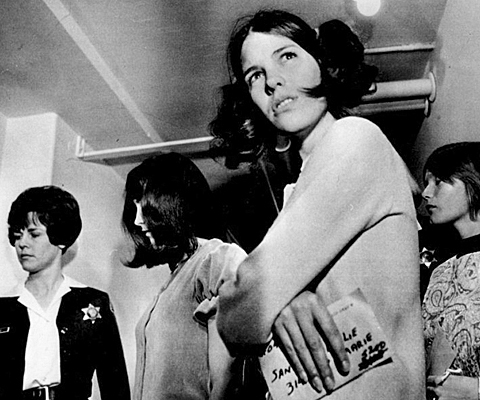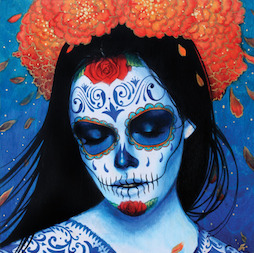
I have an impossible memory of my aunt Martha. She is in a dance studio in dancewear—the 70s—tights and solid-color cotton. I don’t know if she’s walking or standing or sitting—maybe, through the course of the memory, all three. I am aware of her lithe body, the sweat on her skin beading in a late afternoon light. But my attention is on her face: smiling, post-exhaustion, so happy and tired like only a dancer, like only a mother, could be. The dance studio has a wooden floor—an old warehouse or factory floor—which has been sanded and finished in a honey sheen. And the whole space is awash in light. Sunlight through the rolled glass of the woodframe windows. Everything is sepia with the light, and her face hovers in the halo of her hair, iridescent with that rose sunlight of the American Southwest.
I say it’s an impossible memory because, even if something like that did happen, I couldn’t have been more than two at the time. How could I remember that? I do see from the vantage of a child: about knee high. My Aunt Martha is smiling—she is afire with the light—and I am standing close by, as if I am ready for her to take me and lift me onto her lap.
A memory I have of Martha that I know is genuine: I am in the room where she is. It seems like a hospital room, but I hadn’t known we were in a hospital until I entered the room. There is a signing book, and I am at it, and there is one of those toy bubbles that you buy from the coin machines at the supermarket, and it has a toy in it. And the toy and the bubble are attached by a string to the signing book, which I can’t read because I can’t read yet. And I’m semi-consciously noting how curious the toy bubble and the book are, and how I’m disinterested. And Martha, who is sitting up in her cranked up bed—she is pale as death, and will die, even a child knows—she says to me:
“Golden boy. Where is my golden boy?”
I don’t remember the funeral. I was about five. She was twenty-eight.
Did I mention that Martha was beautiful?

Calavera Azul by Sylvia Ji
I’ve been thinking about Martha as part of a longer piece about my grandparents. My grandmother, with Munchausen by Proxy, killed four or five people—mostly by accident, but still. (My experience with the police—I’ve talked to them—is not exactly CSI.) One victim was her husband (her second husband, who was terminally ill, and took a very sudden turn for the worse), one was her...
You have reached your article limit
Sign up for a digital subscription and continue reading all new issues, plus our entire archives, for just $1.50/month.
Already a subscriber? Sign in




